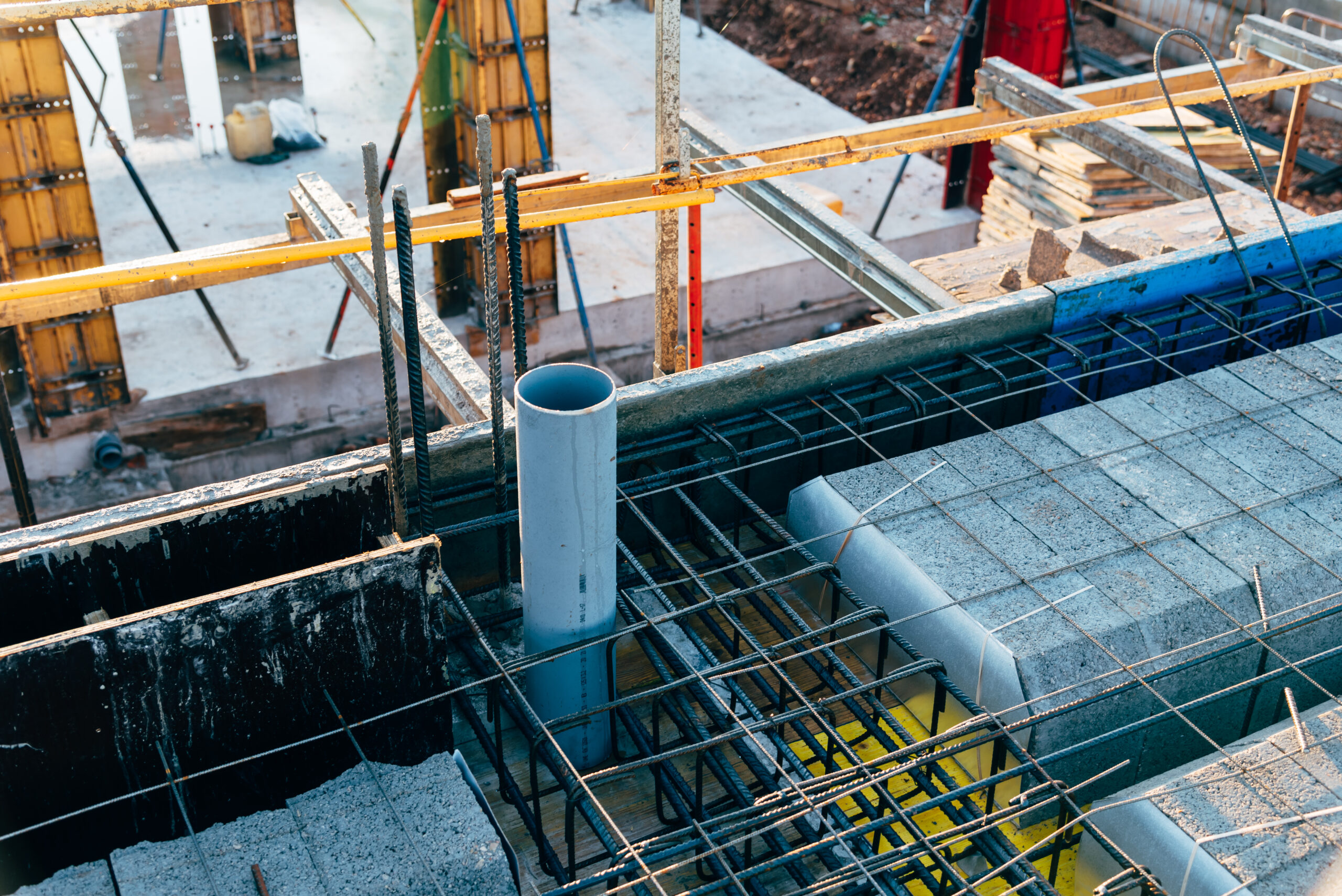Top three reasons to employ sensors in concrete.
Developer
May 20, 2024

Concrete Sensory
With the introduction of smart technologies, the construction sector is changing quickly. The employment of sensors in concrete is one of the most significant developments. Real-time data from these sensors can greatly enhance the standard, effectiveness, and safety of building projects. The following are the main justifications for sensor use in concrete.
Enhanced Quality Control
Ensuring Optimal Curing Conditions
Concrete strength and durability depend heavily on proper curing. Sensors embedded in the concrete can monitor temperature and humidity levels in real-time, ensuring that the curing conditions remain optimal. This helps in:
Preventing Cracks:
By maintaining the right temperature and moisture levels, sensors help in reducing the risk of cracks and other defects that can compromise the integrity of the concrete.
Maximizing Strength:
Consistent monitoring ensures the concrete reaches its desired strength by avoiding conditions that can lead to premature drying or excessive moisture.
Early Detection of Issues
Sensors can detect anomalies early in the curing process, such as unexpected temperature fluctuations or inconsistencies in the mix. This allows for prompt corrective actions, preventing costly repairs and ensuring the final product meets the required specifications.
Improved Construction Efficiency
Real-Time Data and Decision Making
The real-time data provided by concrete sensors allows project managers to make informed decisions quickly. This can lead to:
Reduced Waiting Time:
By knowing exactly when the concrete has reached its required strength, construction can proceed without unnecessary delays, optimizing project timelines.
Efficient Resource Allocation:
With accurate data, resources such as labor and machinery can be scheduled more effectively, reducing downtime and improving overall efficiency.
Optimized Mix Designs
Sensors can provide insights into the performance of different concrete mixes under actual conditions. This data can be used to refine and optimize mix designs for future projects, ensuring better performance and cost-effectiveness.
Enhanced Safety and Compliance
Structural Health Monitoring
Long-term embedded sensors in concrete structures can provide continuous monitoring of the structural health. This is crucial for:
Early Warning Systems:
Detecting early signs of structural degradation or stress can prevent potential failures and enhance the safety of the structure.
Maintenance Planning:
Regular data from sensors allows for predictive maintenance, addressing issues before they become critical and extending the lifespan of the structure.
Compliance with Standards
Sensors can help ensure that concrete construction complies with industry standards and regulations. By providing verifiable data on curing conditions, mix integrity, and structural performance, sensors support quality assurance and regulatory compliance.
Conlusion
The integration of sensors in concrete is a game-changer for the construction industry. By enhancing quality control, improving construction efficiency, and ensuring safety and compliance, these sensors provide invaluable data that lead to better outcomes and more durable structures. Embracing this technology is not just a step towards modernization but a commitment to excellence in construction practices.

